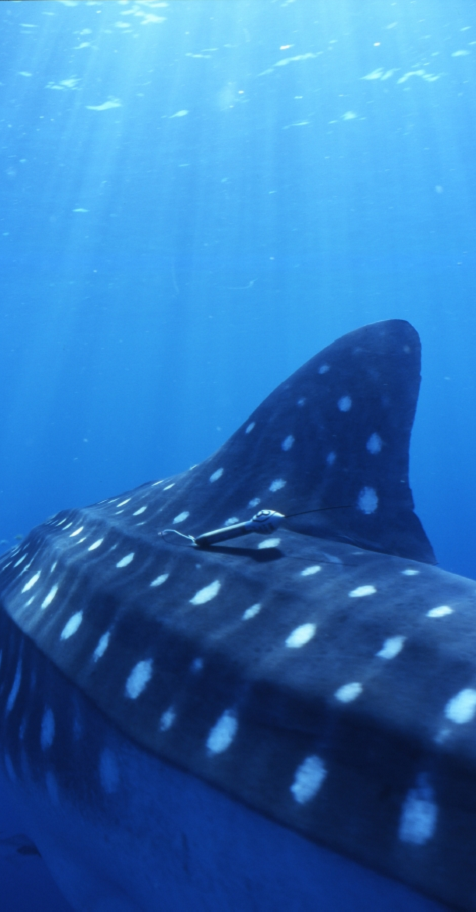Navigate

The Argos bidirectional radio link operates in the 400MHz-466MHz band with all features of a modern digital communication system: digital modulation (BPSK, QPSK and differential GMSK modulation), forward error correction and multiple datarates depending upon the application. The original Argos 2 system used one way communication: the tag only sends data and and the satellite only receives it. From the third generation on the communication is two-way: the tag is also required to receive the Doppler shifted transmission from the satellite.ESA supported AnSem for the development of a single chip integrated transceiver that allows for the design of tiny tags weighting as low as a few grams so as to be able to track animals down to 10 kg in weight.
AnSem has developed a complete, highly integrated, low power, small size, single chip ARGOS 2/3/4 transceiver radio called ARTIC. It is a fully integrated transceiver with DSP based modem and features an efficient, high power PA that can deliver 25dBm output power to an antenna and a second PA delivering 0dBm allowing the use of an external PA when needed. The (de)modulation algorithms run on an on-chip DSP. A soft solution was particularly desirable given the ARGOS 4 standard only exists so far on a bench set-up. This soft approach also allows the ARTIC to target other applications including the COSPAS-SARSAT standard that is used for search and rescue applications. The ARTIC communicates with the tag’s micro-controller using a standard SPI interface. Internal power management is autonomously handled by ARTIC in order to continually optimize its current consumption.
Satellites at the horizon are as far as 2800 km away from the tags and yet the system, as small as 1 square inch, is capable of setting up a communication link with those satellites. For satellite uplink communication, ARTIC encodes, modulates and transmits its tag data. For downlink communication, ARTIC locks to the transmission from the satellite, demodulates and decodes it and extracts the satellite messages. Locking to a satellite moving at a very high speed is non-trivial; The downlink carrier frequency is continuously changing because of Doppler effects and the receiver is capable of following this change.
ARTIC is capable of targetting a wider range of applications at a much lower cost point than what was previously possible and will help the ARGOS system to reach its full potential.
The project is done together with CLS,Star-Oddi, WWF and APECS. It is supported by ESA and got the name "Sharc".
Convinced by our success stories?
Let's get in touch!
- Your partner in analog, RF and mixed-signal ASIC solutions
- Custom mixed-signal IC design
- Turnkey ASIC supply for leading OEM companies
- Serving the industrial, medical and automotive markets
- Number 1 independent wireless IC design center in Europe
- Bringing innovation on chip
AnSem · Analog, RF and Mixed-signal ASICs
© 1998 – 2024 AnSem. All rights reserved.
